
views
Preventing Curdled Buttercream

Measure the ingredients carefully and exactly. Ensure that the ratio of butter to sugar to liquids or flavorings is exactly right. If you have a little too much liquid (such as milk or vanilla extract) or not enough butter, the buttercream can curdle. Use measuring cups and spoons or a digital scale for accuracy.
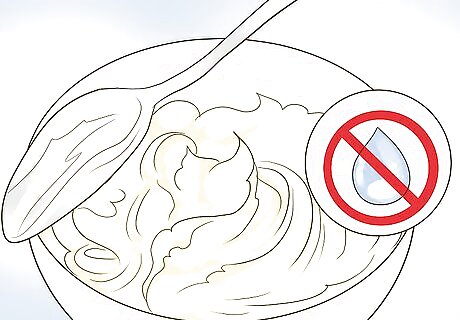
Limit the liquid in the buttercream. American buttercream recipes are usually made by creaming butter with powdered sugar. To make European buttercreams, butter is beaten into a soft, meringue base. Adding too much liquid to any kind of buttercream can cause it to curdle or separate. If you want to add flavor to the buttercream, use concentrated liquids (such as extracts, oils, or compounds). Avoid beating in fruit, fruit juice, or fruit purees since these will add too much moisture to the buttercream. Make sure to add the sugar gradually when mixing the butter, as this will help you achieve a smooth and soft buttercream.
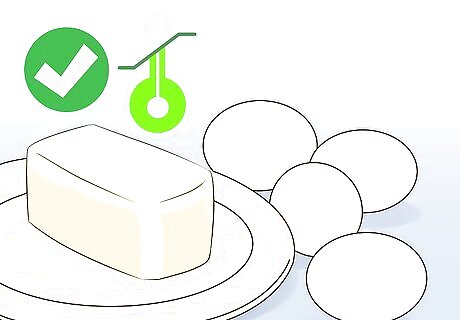
Bring the butter and eggs to room temperature. Curdling usually happens when the butter is too cold and you try to beat it with sugar. Instead of becoming light and fluffy, the cold butter will form lots of little clumps. To keep that from happening, let the butter sit out at room temperature for several hours or even overnight. If your buttercream uses eggs, they should also be at room temperature. If your kitchen is hot and you're concerned that the butter might become too soft or even melt, just leave the butter at room temperature for an hour or so.
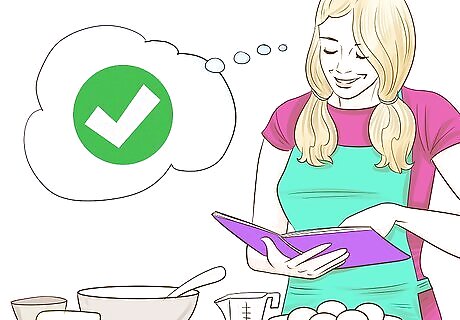
Read through and follow the recipe. The method for making buttercream will depend on what type of buttercream you're making, so it's important to read through all of the instructions before you begin making the buttercream. If you're making a recipe that needs you to heat a sugar syrup, ensure that you heat the syrup to the right temperature.

Use tools like thermometers to ensure accuracy. To make a European buttercream, you'll need to be accurate when following the recipe's instructions for meringue and simple syrups. You'll need to use the right tools and equipment to be exact. For example, if you're making a Swiss meringue buttercream, the recipe might call for heating a sugar syrup to 160 degrees F (70 C). Insert an instant-read thermometer to ensure that you've reached that temperature before continuing to make the buttercream. Even though you're not heating sugar or making meringue for an American buttercream, a digital scale is the best way to accurately measure your ingredients.
Fixing Broken (Curdled) Buttercream
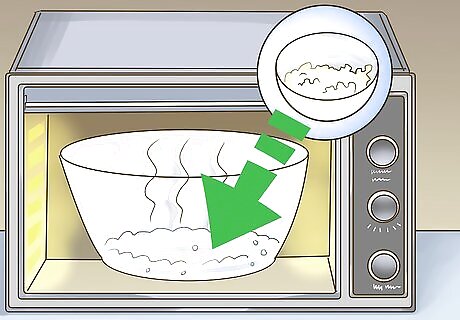
Warm the buttercream over a water bath. If you've accidentally curdled the buttercream, place a large pot of water on the stove and turn it on to medium-high heat. Once little bubbles start to form at the edge, set the bowl of buttercream over the water. Leave the buttercream over the hot water until it starts to melt around the sides of the bowl. Avoid letting the bowl of buttercream touch the water itself.
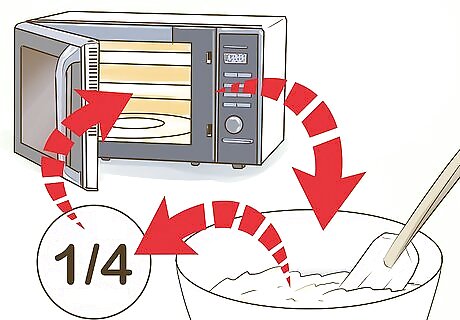
Use the microwave to warm some of the buttercream. If you don't want to heat up the entire bowl of buttercream over a water bath or you're just making a small batch of buttercream, scoop out one-quarter of the buttercream. Put it in a microwave-safe bowl and heat it for 10 to 15 seconds in the microwave. Beat the rest of the buttercream on low while you slowly drizzle in the melted buttercream. If you don't have a microwave, run a towel under hot water and wring it out. Wrap the towel around the outside of the buttercream bowl until it warms the buttercream.
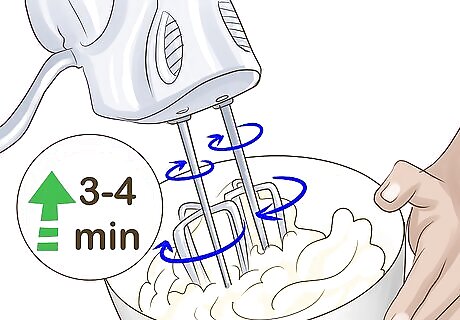
Beat it on a higher speed for 3 to 4 minutes. Beat the buttercream on low speed for a few seconds to incorporate the melted parts of buttercream. Turn the speed up to high and beat the buttercream for 3 to 4 minutes. You should always beat a buttercream for several minutes to give it a chance to emulsify. It will become creamy and smooth.
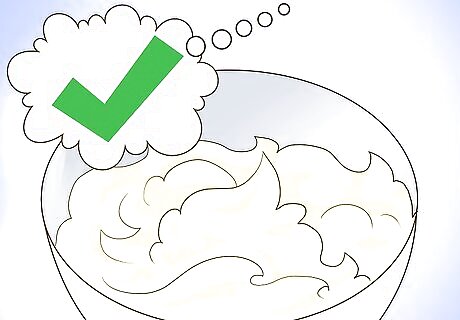
Check the consistency of your buttercream. Many curdled buttercreams can be fixed just by warming it a little and beating it longer. If your buttercream is fixed, it will be fluffy, smooth, and spreadable with no lumps. You shouldn't be able to tell that it was even curdled. If it's still curdled, you may need to correct the ratio of fats to liquids.
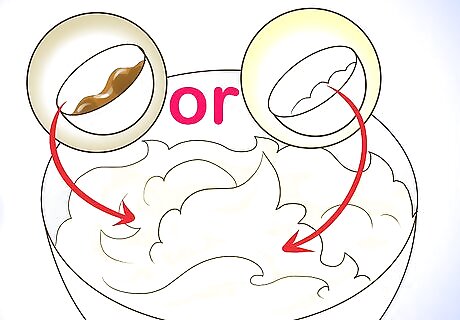
Add cream cheese or melted chocolate to emulsify the buttercream. If the buttercream is still curdled after warming and beating it for several minutes, you may need to add an ingredient that binds the butter and sugar. Melt a little chocolate in a bowl over simmering water or melt it in the microwave. Beat the buttercream and slowly drizzle in the melted, cooled chocolate or chunks of softened cream cheese until the buttercream is soft and fluffy. If you choose to add cream cheese, it must be at room temperature or it will become lumpy in the buttercream.











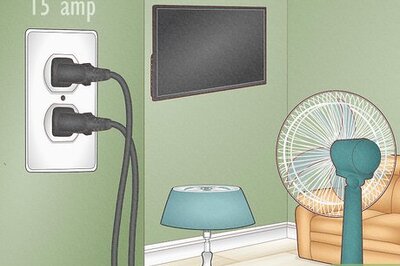



Comments
0 comment